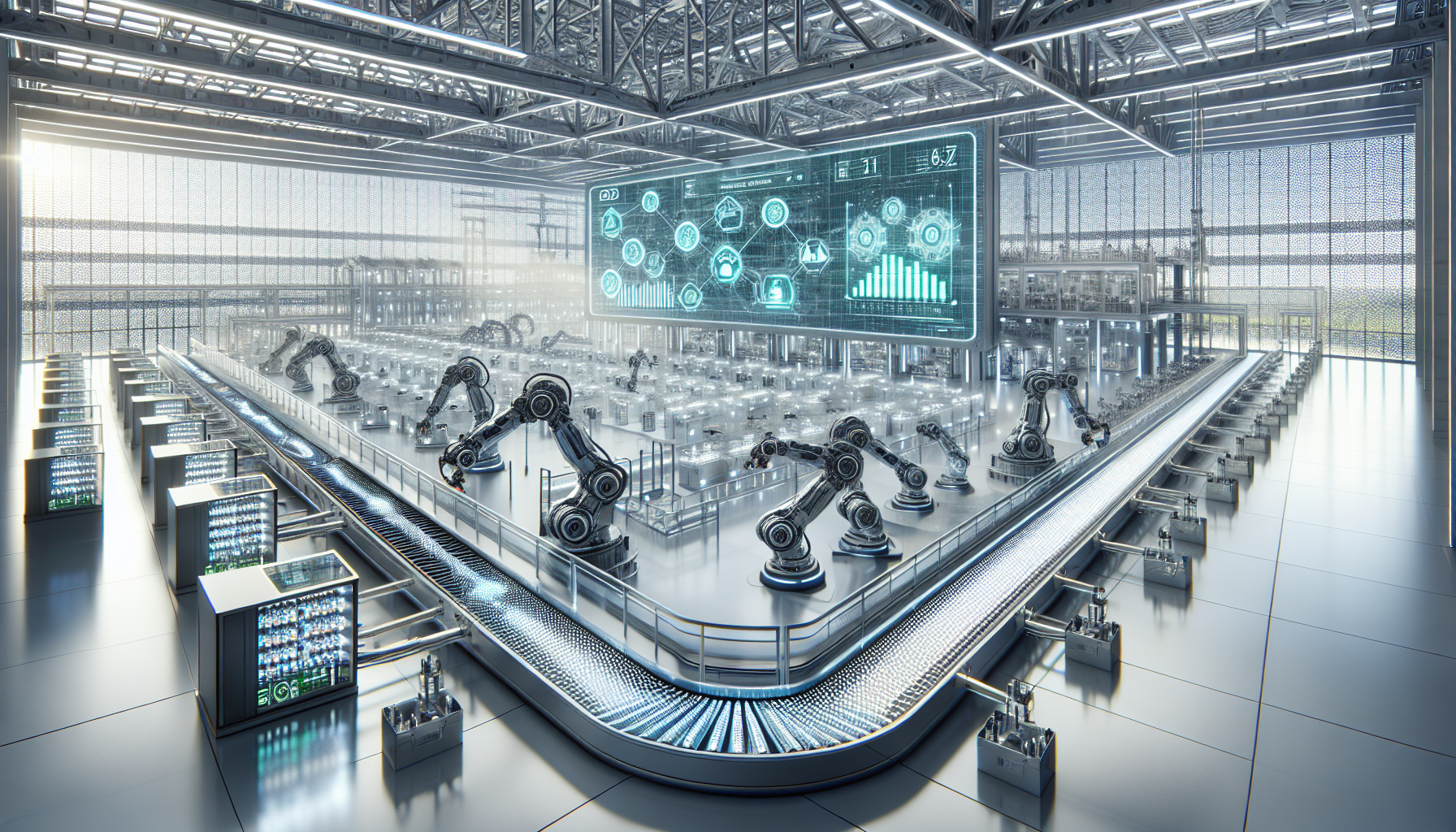AI Just Made Battery Recycling Smarter-and Greener
What if artificial intelligence could help solve one of the biggest environmental challenges of our time? That's exactly what researchers at the University of Birmingham have done. Their new AI-powered battery recycling method, announced on June 5, 2025, could reshape how we handle the growing mountain of lithium-ion battery waste.
With electric vehicle sales soaring and battery use expanding across industries, the world is facing a looming crisis: what to do with all the used batteries. By 2030, we're expected to generate over 12 million tons of battery waste. Traditional recycling methods are inefficient, energy-intensive, and often leave valuable materials behind. But this new AI-driven approach changes the game.
How the Technology Works
The breakthrough lies in how the system uses machine learning to analyze and sort used batteries in real time. Instead of relying on manual sorting or broad chemical processes, the AI scans each battery's composition with 95% accuracy. It identifies key materials like lithium, cobalt, and nickel, then directs them to the appropriate recovery process.
This precision allows for cleaner separation and significantly reduces contamination. The result? Up to 90% of critical materials can be recovered-far above the industry average of 60 to 70%. And it doesn't stop there. The process also cuts energy use by 25%, making it not just more effective, but more sustainable.
Why It Matters Now
Electric vehicles are no longer a niche market. In 2024 alone, 14 million EVs were sold globally. Each of those vehicles contains a battery packed with rare and expensive materials. As these batteries reach the end of their life, the need for efficient recycling becomes urgent-not just to reduce waste, but to avoid the environmental damage of mining new materials.
Dr. Sarah Nguyen, the lead researcher behind the project, put it simply: "Our AI system not only improves material recovery but also makes the entire process more sustainable." Her team's work, published in Nature Energy, is already attracting attention from industry players.
From Lab to Industry
One of those players is RecycLiCo, a UK-based recycling firm that's partnering with the research team. They plan to integrate the AI system into their facilities by 2026, with the goal of processing 50,000 tons of batteries annually. If successful, this could set a new standard for the industry.
But scaling up won't be without challenges. Mark Thompson, a battery recycling consultant, warns that high initial costs and the lack of standardized battery designs could slow adoption. "The tech is promising," he says, "but we need to make sure it's economically viable at scale."
Still, others argue that the efficiency gains could drive down costs over time. As more companies adopt the technology, economies of scale could kick in, making AI-powered recycling the norm rather than the exception.
Policy and the Push for Circularity
This innovation comes at a critical moment. Governments around the world are pushing for a circular economy, especially in the EV sector. The European Union's Battery Regulation, for example, mandates a 90% recycling efficiency target by 2030. That's a high bar-but one this new AI method could help meet.
By recovering more materials and using less energy, the technology aligns perfectly with these policy goals. It also reduces the need for mining, which is often associated with environmental degradation and human rights concerns. In short, it's a win for the planet and for the people living on it.
The Bigger Picture
AI is often seen as a tool for automation or data analysis. But this project shows its potential to drive real-world environmental impact. It's not just about smarter machines-it's about smarter systems that help us live more sustainably.
As the world races to decarbonize and transition to clean energy, innovations like this will be essential. They don't just make recycling better-they make it possible to imagine a future where waste isn't a problem, but a resource.
Sometimes, the smartest solutions are the ones that help us waste less, recover more, and think differently about what we throw away.
